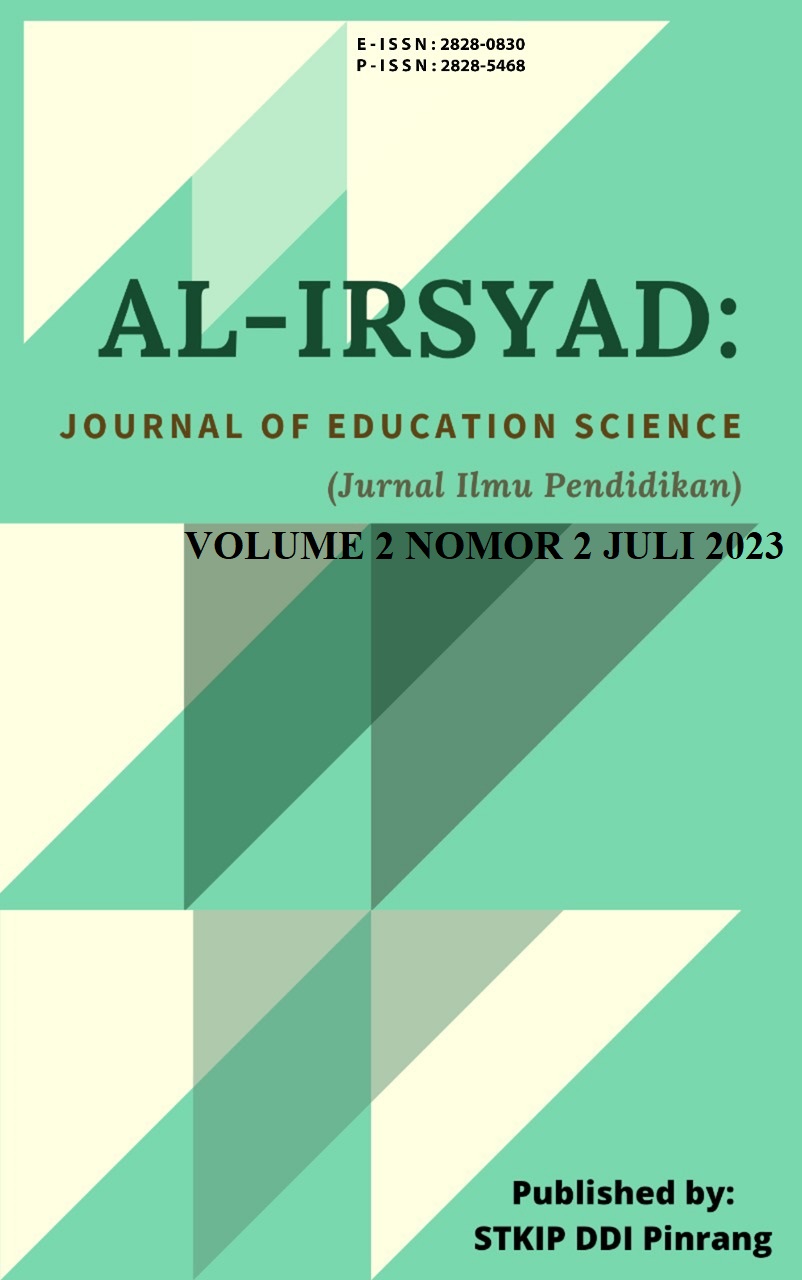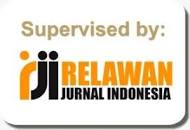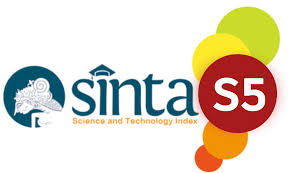THE ANALYSIS OF IAIN PAREPARE STUDENTS’ ACADEMIC WRITING LEVELS ON IELTS PREPARATION CLASS
DOI:
https://doi.org/10.58917/aijes.v2i2.77Kata Kunci:
IELTS Preparation Class, Students’ Academic Writing LevelsAbstrak
This research is intended to describe the academic writing levels of 13 EFL students at IAIN Parepare and to consider what is the students’ perceptions are about IELTS academic writing levels after finishing the IELTS Preparation class. The researcher used qualitative descriptive method. The researcher collected the students’ worksheet and assessed based on IELTS writing band score descriptors that consists of four aspects writing assessment criteria: task achievement and response, coherence and cohesion, lexical resource, grammatical range and accuracy. To gain information about students’ perception, the researcher guided an interview.The result found that 2 students achieved 7 band scores (Good User Level) as the highest achiever. Then, 2 students achieved 5,5 band scores (Modest User Level) as the medium achievement, and only 1 student achieved 3 band score (Extremely Limited User level) as the lowest achiever. The researcher chose three selected texts were written by MA who represents the lowest level of achievement, NQA who represents medium level achievement, and SHB who represents the highest level of achievement. The results showed that the essays mostly had difficulty in grammatical range (accuracy) and lexical resources, both in task 1 and task 2. Furthermore, the students assumed that the IELTS academic writing level/task were difficult. The students’ difficulties appear in vocabulary and grammar. The students’ difficulties appear in vocabulary and grammar. Achieving expert user level was difficult because English was not their first language. Also, it was the first time for them to introduce the IELTS test.
Referensi
Abdussamad, H. Z., & SIK, M. S. (2021). Metode Penelitian Kualitatif. Makassar: CV.
Syakir Media Press.
Akkaya, A. & Aydin, G. (2018). Academics' Views on the Characteristics of Academic Writing. Educational Policy Analysis and Strategic Research, 13(2), 128-160. https://doi.org/10.29329/epasr.2018.143.7
Arcuino, C. L. T. (2013). The relationship between the Test of English as a Foreign Language (TOEFL), the International English Language Testing System (IELTS) scores and academic success of international Master's students. Doctoral dissertation, Colorado State University. Retrieved 06/11/2022 from www.proquest.com
Ariyanti, A., & Fitriana, R. (2017). EFL Students’ Difficulties and Needs in Essay Writing. Advances in Social Science, Education and Humanities Research (ASSEHR), 158, 111–121. http://dx.doi.org/10.2991/ictte-17.2017.4
Aunurrahman, A., Hamied, F., & Emilia, E. (2017). Exploring the tertiary EFL students‟ academic writing competencies. Indonesian Journal of Applied Linguistics, 7(1), 72- 79. https://doi.org/10.15294/lc.v1-1i1.7842
British Council. What is IELTS. Retrieved 20/10/2022 from https://takeielts.britishcouncil.org
Chin, P., Reid, S., Wray, S., & Yamazaki, Y. (2013). Academic Writing Skills 3 Student's Book (Vol. 3). Cambridge University Press.
Chokwe, J. M. (2013). Factors Impacting Academic Writing Skills of English Second Language Students. Mediterranean Journal of Social Sciences, 4(14), 377 http://dx.doi.org/10.5901/mjss.2013.v4n14p377
Cullen, P., French, A., & Jakeman, V. (2014). The official Cambridge guide to IELTS for academic & general training. Cambridge: Cambridge University Press.
Dirgeyasa, I. W. (2017). College Academic Writing: A Genre-Based Perspective. Jakarta: Prenada Media.
Emilia, E., & Hamied, F. A. (2015). Systemic functional linguistic genre pedagogy (SFL GP) in a tertiary EFL writing context in Indonesia. TEFLIN Journal, 26(2), 155-182. https://doi.org/10.15639/teflinjournal.v26i2/15 5-182
Endarto, I. T., & Subekti, A. S. (2020). Developing a Web-Based Vocabulary Size Test for Indonesian EFL Students. Teknosastik: Jurnal Bahasa dan Sastra, 18(2), 72-81. https://doi.org/10.33365/ts.v18i2.492
Gillett, A., Hammond, A., & Martala, M. (2013). Inside track to successful academic writing. UK: Pearson Education.
Harahap, N. (2020). Penelitian Kualitatif. Sumatera Utara: Wal Ashri Publishing.
Hastuti, S. D. S., & Widyantoro, A. (2015). The Influence of Vocabulary and Grammar Mastery on The Students’ writing Skill at Yogyakarta State University. BASTER (Bahasa, Sastra, dan Terjemahan), 1(1), 70-81. Retrieved 13-02-2013 from https://journal.student.uny.ac.id/-index.php/baster/article/view/35
Hyatt, D. (2013). Stakeholders’ perceptions of IELTS as an entry requirement for higher education in the UK. Journal of Further and Higher Education, 37(6), 844–863. https://doi.org/10.1080/0309877X.2012.684043
Javadi-Safa, A. (2018). A brief overview of key issues in second language writing teaching and research. International Journal of Education and Literacy Studies, 6(2), 12-25. https://doi.org/10.7575/aiac.ijels.v.6n.2p.15
Mahmud, M. (2014). The EFL Students' Problems in Answering the Test of English as a Foreign Language (TOEFL): A Study in Indonesian Context. Theory & Practice in Language Studies, 4(12). https://doi:10.4304-/tpls.4.12.2581-2587
Martina, F., Syafryadin, S., & Utama, J. A. (2020). The Practice of extensive reading among EFL learners in tertiary level. Yavana Bhasha: Journal of English Language Education, 3 (2), 56-72. https://doi.org/10.25078/-yb.v3i2.1712
McIntosh, C. (2015). Cambridge Advanced Learner's Dictionary. Cambridge: Cambridge University Press
Mukminin, A., Ali, R. M., & Ashari, M. J. F. (2015). Voices from Within: Student Teachers' Experiences in English Academic Writing Socialization at One Indonesian Teacher Training Program. Qualitative Report, 20 (9). Retrieved 20/10/2022 from http://nsuworks.nova.edu/tqr/vol20/iss9/2c
Nartiningrum, N., Rayuningtya, P., & Virgiyanti, D. F. (2021). Error analysis of undergraduate students’ writing performances: IELTS-based activities. Journal of Educational Management and Instruction (JEMIN), 1(1), 19-27. https://doi.org/10.22515/jemin.v1i1.3446
Neumann, H., Padden, N., & McDonough, K. (2019). Beyond English language proficiency scores: Understanding the academic performance of international undergraduate students during the first year of study. Higher Education Research & Development, 38(2), 324-338. https://doi.org/10.1080/07294360.2018.1522621
Oktavianti, D., Gusmuliana, P., & Apriani, E. (2021). The Students’ Strategies in Developing Their Ideas in Writing Essay. Jadila: Journal of Development and Innovation in Language and Literature Education, 1(4), 389-406. https://doi.org/10.52690/jadila.v1i4.157
Poudel, A. P., & Dhankuta, N. (2018). Academic writing: Coherence and cohesion in paragraph. Retrieved 06/11/2922 from: academia.edu.com.
Prihatmi, T. N. (2017). English Academic Writing bagi Mahasiswa di Institut Teknologi Nasional Malang: Hambatan dan Solusi. Prosiding SENIATI, C54-1. https://doi.org-/10.36040/seniati.v3i2.1866
Rahmatunisa, W. (2014). Problems Faced by Indonesian EFL Learners in Writing Argumentative Essay. Journal of English Education, 3(1). Retrieved 06/11/2022 from journal.uniku.ac.id.
Redman, P., & Maples, W. (2017). Good essay writing: a social sciences guide. London: Sage Publications.
Sardi, A. (2023). Basic English: A Module for Indonesian EFL Tutor and Learner.
Sardi, A., Haryanto, A., & Weda, S. (2017). The Distinct types of diction used by the efl teachers in the classroom interaction. International Journal Of Science and Research (IJSR), 6(3), 1061-1066.
Sardi, A., Palimari, P., & Rahmayani, S. (2022). Peningkatan Kemampuan Berpikir Kritis Siswa melalui Challenge Based Learning. Al-Irsyad Journal of Physics Education, 1(2), 68-83.
Sardi, A., Surahmat, Z., & Nur, S. (2022). The Washback of Intensive TOEFL Training Program (ITTP) on Student’s Learning Motivation. ELS Journal on Interdisciplinary Studies in Humanities, 5(4).
Schmeck, R. R. (Ed.). (2013). Learning strategies and learning styles. New York: Springer Science & Business Media.
Sulistyo, T., Mukminatien, N., Cahyono, B. Y., & Saukah, A. (2019). Enhancing learners’ writing performance through Blog-Assisted Language Learning. International Journal of Emerging Technologies in Learning, 14(9), 61–73. https://doi.org/10.3991/IJET.V14I09.9535
Thompson, G. (2013). Introducing functional grammar. Routledge.
Zubair, Muhammad Kamal et. all. (2020). Pedoman Penulisan Karya Ilmiah Iain Parepare Tahun 2020. Parepare: IAIN Parepare Nusantara Press
Unduhan
Diterbitkan
Cara Mengutip
Terbitan
Bagian
Lisensi
Hak Cipta (c) 2023 Revit Rendra Wicaksono, Nurhamdah Nurhamdah, Kalsum Kalsum

Artikel ini berlisensi Creative Commons Attribution 4.0 International License.























